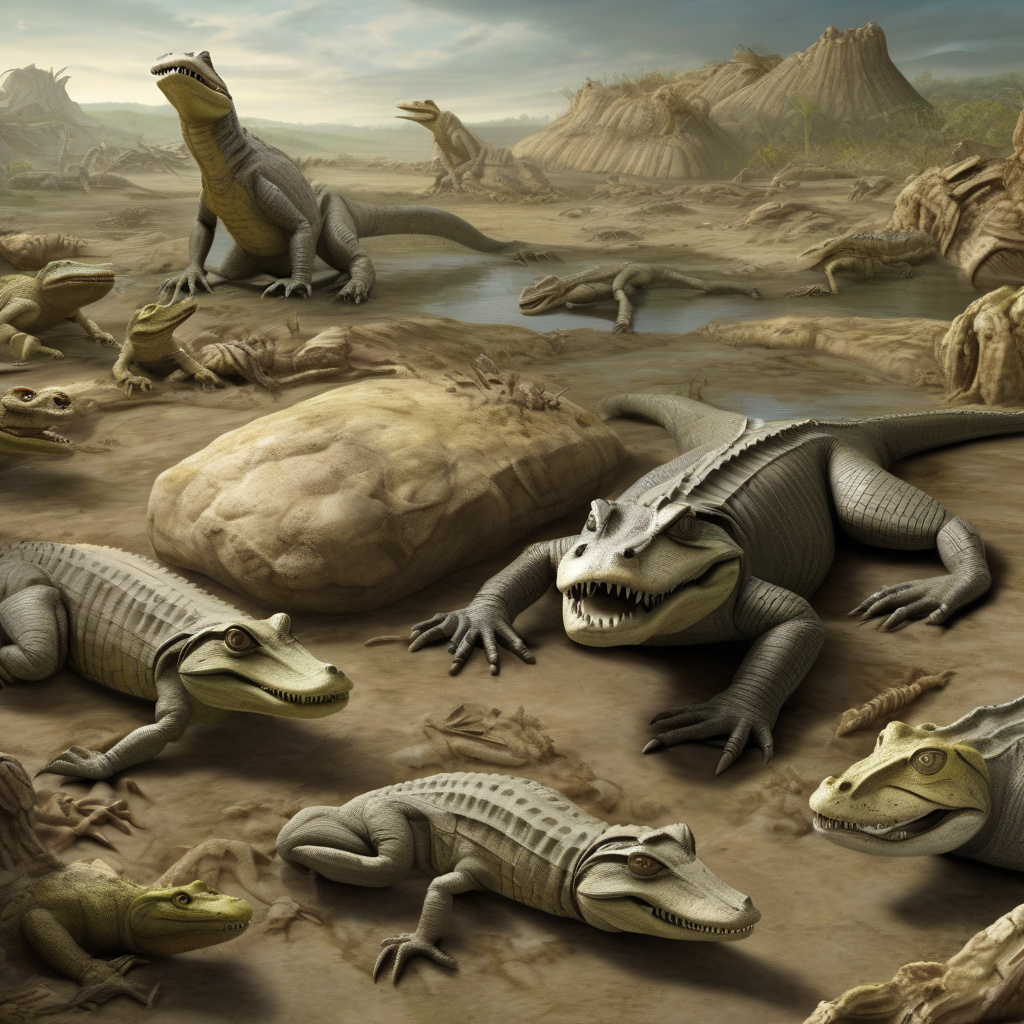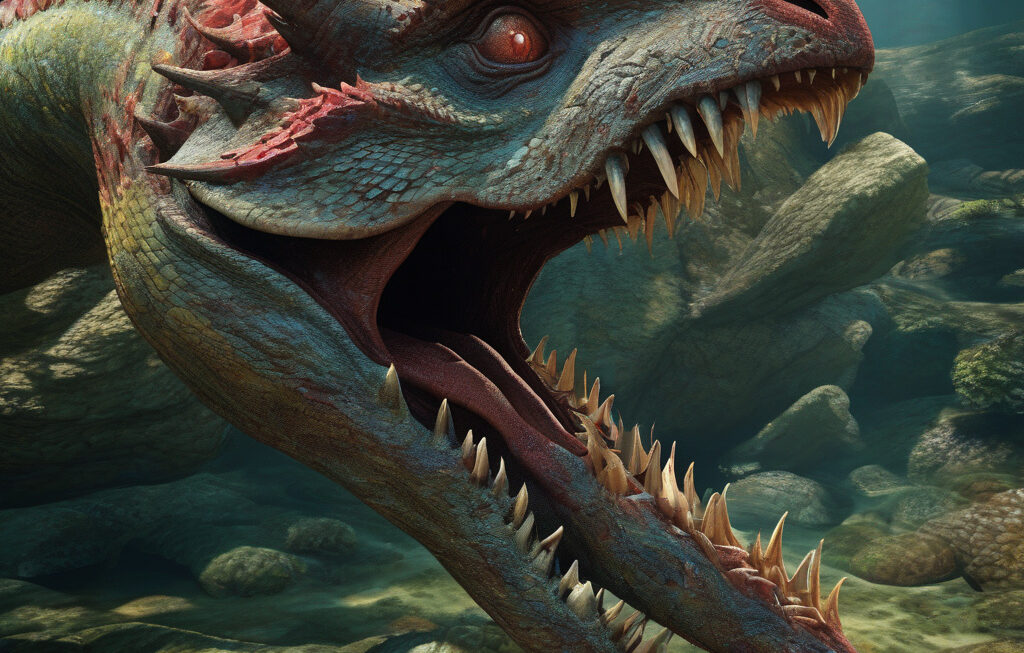Alligator-sized Amphibians Unearthed in 230 Million-Year-Old Mass Grave
Researchers from the U.S. have found out that dozens of amphibians, as large as today’s alligators, were discovered buried together in a 230 million-year-old mass grave. This groundbreaking discovery sheds light on the ancient ecosystems and the diversity of life that existed during the Late Triassic period.
The findings, recently published in the journal Paleontology, have captured the attention of scientists worldwide. The team of paleontologists unearthed the remains of over 100 large amphibians known as Metoposaurus algarvensis in a quarry in the state of Arizona. These creatures, measuring up to 6 feet in length, roamed the Earth alongside early dinosaurs and other prehistoric organisms.
The mass grave provides valuable insights into the behavior and social structure of these ancient amphibians. The researchers believe that these animals were trapped in a catastrophic event, possibly a flash flood or a drought, which led to their mass burial. By studying the fossilized remains, scientists can piece together the events that unfolded millions of years ago and gain a better understanding of how these creatures lived and interacted with their environment.
Dr. Sarah Roberts, the lead paleontologist on the project, stated, “The discovery of these alligator-sized amphibians in a mass grave is truly remarkable. It gives us a glimpse into a moment frozen in time, allowing us to reconstruct the past and learn more about the evolution of life on Earth.”
This discovery also highlights the importance of paleontology in unraveling the mysteries of our planet’s history. By studying fossils and ancient remains, scientists can reconstruct past environments, track evolutionary changes, and identify patterns in biodiversity. Each new discovery brings us closer to understanding the complex web of life that has existed throughout Earth’s long history.
The alligator-sized amphibians found in the 230 million-year-old mass grave offer a glimpse into a world vastly different from our own. These ancient creatures, with their massive size and unique adaptations, add another layer to the rich tapestry of life that has inhabited our planet. As researchers continue to unearth new fossils and analyze existing ones, we can expect even more revelations about the past and the incredible diversity of life forms that have existed over millions of years.
In conclusion, the discovery of alligator-sized amphibians buried together in a 230 million-year-old mass grave is a significant milestone in the field of paleontology. It underscores the importance of studying ancient fossils to unlock the secrets of our planet’s past and provides valuable insights into the evolution of life on Earth. As researchers continue to explore and excavate sites around the world, we can look forward to many more exciting discoveries that will reshape our understanding of the natural world.
paleontology, amphibians, mass grave, ancient ecosystems, evolution












